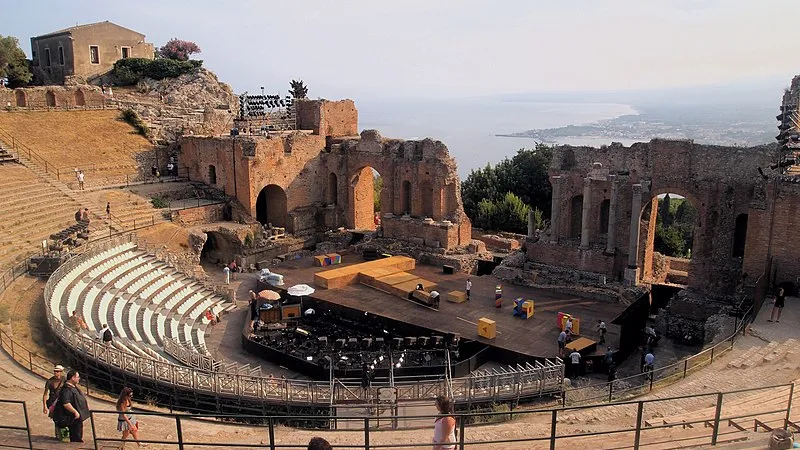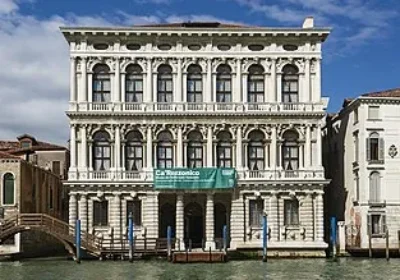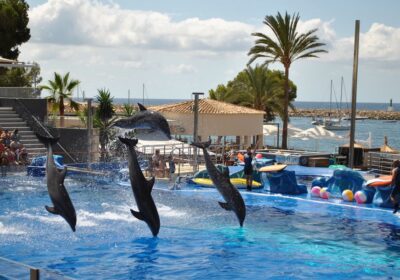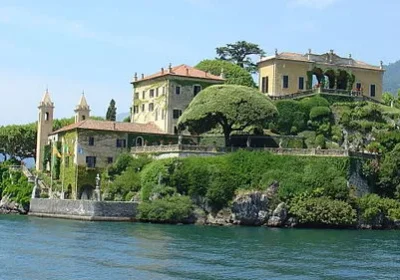Sicilian theatre evenings.
The crimson disk of the sun slowly sinks behind the horizon, a light southern breeze caresses you after a tiring day. You are comfortably seated on the antique steps of an ancient Greek theatre, and your unique and unforgettable “mystery” begins – immersion into the enchanting world of ancient Greek tragicomedy. Italian and foreign opera and pop artists will delight your ears with inimitable performances. And more.
The dynamics and rhythm of the most elite fashion shows, numerous and varied exhibitions, award ceremonies of prestigious competitions and festivals – all this is offered to you by the ancient Greek theatres.
The period of theatre evenings is from May to September.
The ancient Greek theatre of Syracuse is the oldest architectural monument that has survived to this day. It is located in the ancient archaeological park of Neapolis, on the southern slope of Temenite Hill. The theatre was built in the 5th century B.C. under the direction of the architect Demokopos and substantially enlarged 200 years later by the tyrant of Syracuse, Gieron. The cross-section of the theatre is 138 metres. For the Greeks, the theatre was intended for the performance of tragedies and comedies, as well as for popular gatherings and could accommodate 15,000 spectators. Nowadays the theatre is used for concerts and theatre festivals during the summer season.
The Ancient Greek Theatre of Taormina is an ancient building at an altitude of 200 m above sea level, erected by the ancient Greeks in the 3rd century BC, with a capacity of 10,000 people. In the 19th century, the monument was extensively reconstructed. Now the theatre is used for the annual International Taormina Festival, which opens the summer season with world premieres and popular film stars. It also hosts opera and concerts by famous performers.
The Ancient Greek Theatre of Tindari was built in the late 4th century B.C. The theatre’s cave (76 m in diameter) is hollowed out in the rock. The theatre has a capacity of about 7000 spectators. The seats are made according to Greek custom in the form of a staircase and face north, towards the sea and the Lipari Islands. During the imperial era the theatre was adapted for spectacular performances. The old building was sumptuously decorated. Since 1956, in June every year, the ancient theatre hosts an arts festival. During the winter period, the famous opera and ballet theatres present their rich repertoire:
The Palermo Opera House, located in Piazza Verdi. It got its name in honour of King Victor Emmanuel II. It is the largest theatre in Italy and one of the largest in Europe, with excellent acoustics.
The Catania Opera House is named after the composer Vincenzo Bellini, a native of Catania. Discussions about the need for a theatre in Catania began in the early 18th century, during the rebuilding of the city after the 1693 earthquake that almost wiped the city off the map. The Massimo Bellini Theatre is one of those gems of the Sicilian land that one cannot help but admire. It is recognised as one of the most beautiful theatres in Italy.

















